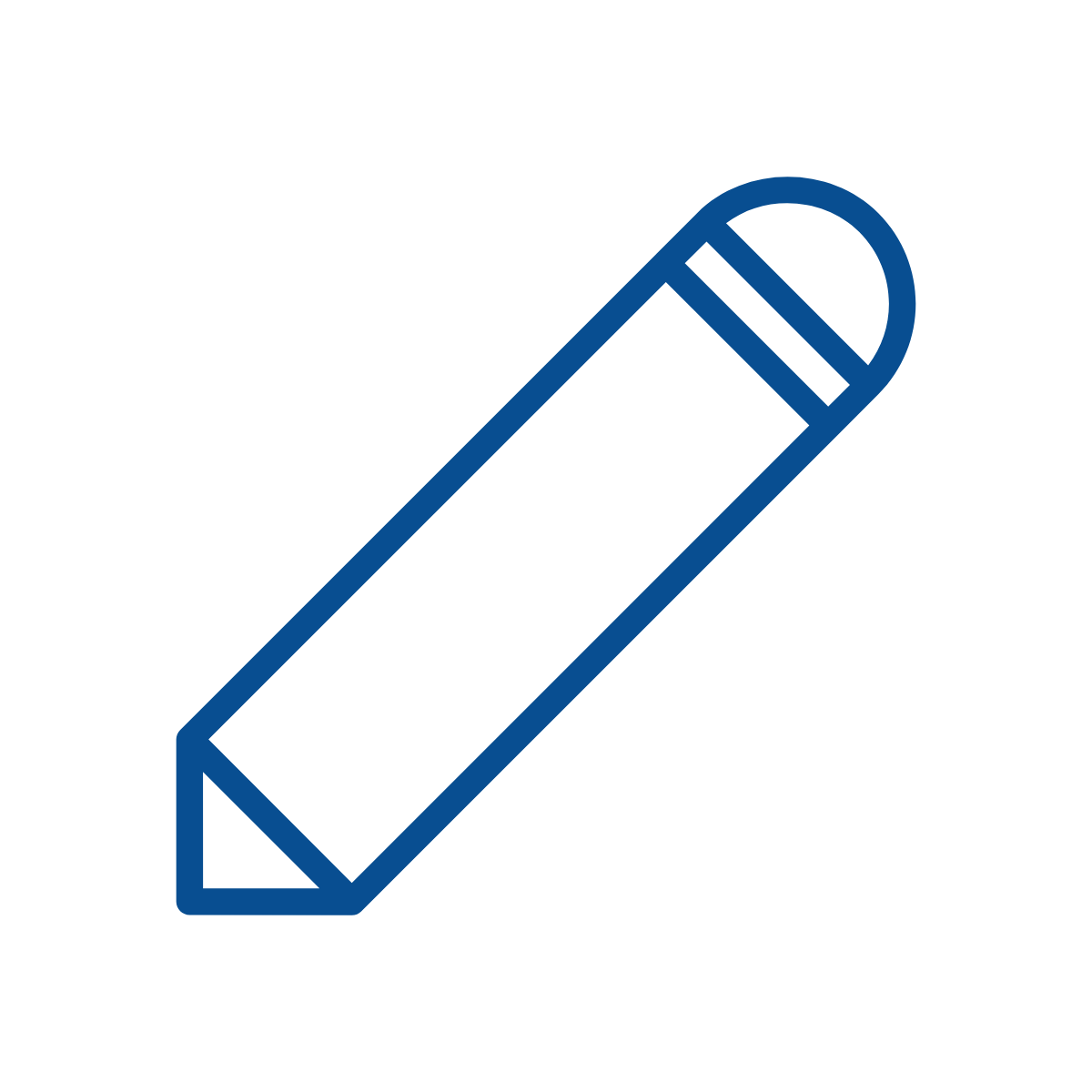Course teacher(s)
Lars DE LAET (Coordinator)ECTS credits
4
Language(s) of instruction
english
Course content
Objectives (and/or specific learning outcomes)
- The student can design and calculate a construction in equilibrium by applying graphic statics.
- The student can explain the structural behaviour of a form-active construction and a truss by means of graphic statics.
- The student knows the principles and methods for the design of cable nets and membrane structures.
- The student has a thorough insight in the structural behaviour of double curved membrane structures.
- The student can explore and analyse form-active structures through three-dimensional computer models under different load cases.
- The student can specify the dimensions of the structural components and choose the appropriate materialization.
- The student can develop details that incorporate architectonic and constructive elements.
Prerequisites and Corequisites
Cours co-requis
Teaching methods and learning activities
- Lectures + exercises.
- The communication platform Canvas (VUB platform) is used to provide hand-outs. The manuals and assignments are made available on this platform.
- Attendance at the exercise sessions is not compulsory, but the tasks must be handed in via Canvas within the set time frame. The result, the working method as well as and the progress of the student are evaluated.
- For more information about the concrete set-up and planning of the course: see Canvas (VUB platform).
- A mix of online classes and on-campus classes are possible, both for the lectures as for the exercise sessions.
References, bibliography, and recommended reading
The communication platform Canvas (VUB platform) is used to provide hand-outs. The manuals and assignments are made available on this platform.
Other information
Contacts
lars.de.laet@vub.be
Campus
Plaine
Evaluation
Method(s) of evaluation
- Oral examination
- Written report
Oral examination
Written report
During the oral exam, theoretical questions are asked and the final task is discussed. The answers with respect to the posed theoretical questions are graded for 35%. The final task report is explained and discussed at the oral examination and is graded for 40%.
The final task consists of the design and analysis of a membrane construction. The chosen form and the structural system have to be clarified by a brief description of the project, the formfinding process, a physical or virtual model, the numerical formfinding, and the structural analysis.
The intermediate reports, made during the semester, are graded for 25%. Attendance at the exercise sessions is not compulsory, but the tasks must be handed in via Canvas within the set time frame.
For more information about the concrete set-up and timing of the course: see Canvas.
Mark calculation method (including weighting of intermediary marks)
The final grade is composed based on the following categories:
- Intermediate reports and exercises: 25% of the final mark.
- Oral exam (questions on the course content): 35% of the final mark.
- Final task: 40% of the final mark.
Language(s) of evaluation
- english
